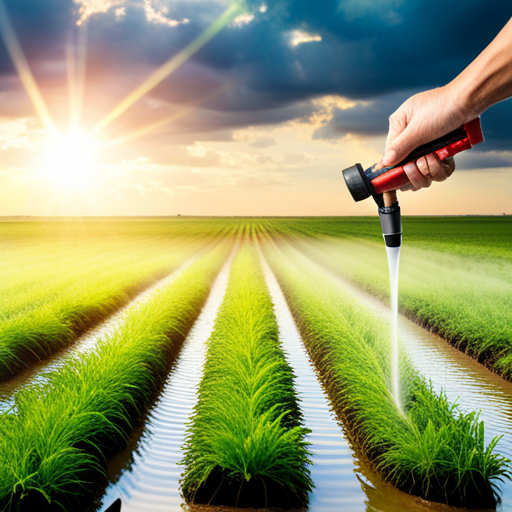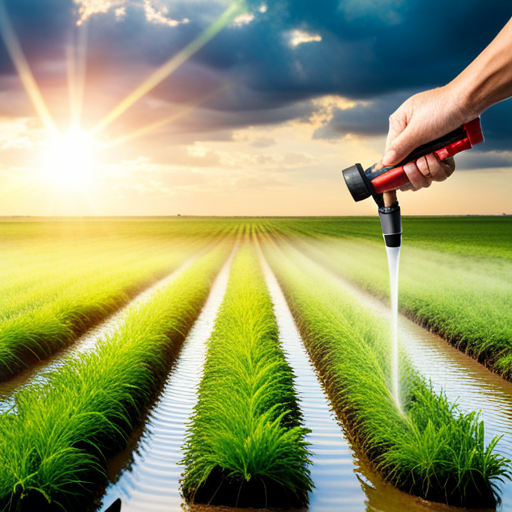Introduction Soil sensors play a crucial role in modern agriculture by providing valuable data on soil conditions. This information is essential for farmers to make informed decisions regarding irrigation, fertilization, and crop management. In this article, we will explore the various types of soil sensors and their applications, highlighting how they contribute to improving agricultural practices.

Types of soil sensors
Moisture sensors: These sensors measure the water content in the soil. They are effective tools for determining irrigation needs and preventing both water shortage and waterlogging. Moisture sensors can be placed at different soil depths to monitor the entire root zone and ensure efficient water management.
Temperature sensors: Temperature sensors measure the soil temperature, which is crucial for determining the optimal conditions for seed germination, nutrient uptake, and microbial activity. This information helps farmers decide the appropriate time for planting and harvesting, as well as adjusting irrigation schedules.
Nutrient sensors: Nutrient sensors measure the concentration of essential nutrients in the soil, such as nitrogen, phosphorus, and potassium. By providing real-time data on nutrient levels, farmers can adjust fertilizer applications to meet the specific needs of their crops. This technology not only improves yield but also reduces environmental pollution caused by excessive fertilization.
pH sensors: pH sensors measure the acidity or alkalinity of the soil. This information is vital for determining the availability of nutrients to plants. Different crops thrive in different pH ranges, and pH sensors help farmers maintain the optimal pH level for their specific crop, ensuring healthy growth and maximum yield.
Applications of soil sensors
Precision irrigation: Soil sensors enable farmers to implement precision irrigation techniques. By continuously monitoring soil moisture levels, irrigation can be precisely applied only when necessary, reducing water wastage and optimizing water use efficiency. This technology is particularly beneficial in regions facing water scarcity and helps conserve one of our most valuable resources.
Variable rate fertilization: Nutrient sensors provide accurate and real-time information about the nutrient status of the soil. This allows farmers to apply fertilizers precisely where needed, avoiding over- or under-fertilization. By fine-tuning fertilizer applications, farmers can improve crop quality, reduce nutrient runoff, and minimize environmental impact.
Disease and pest management: Soil sensors can detect changes in soil conditions that may indicate the presence of diseases or pests. For example, temperature sensors can monitor soil temperature to identify favorable conditions for certain pathogens or pests. This early warning system enables farmers to take timely action and apply targeted treatments, minimizing crop damage and losses.
Soil health monitoring: Soil sensors help farmers assess soil health by monitoring various parameters continuously. By measuring soil moisture, temperature, nutrient levels, and pH, farmers can identify any imbalances or deficiencies and implement corrective measures. This proactive approach promotes sustainable soil management practices, preserving soil fertility and overall ecosystem health.
Conclusion Soil sensors play a vital role in modern agriculture, providing farmers with valuable data to optimize crop production while minimizing resource wastage and environmental impact. Moisture, temperature, nutrient, and pH sensors enable precision irrigation, variable rate fertilization, disease and pest management, and soil health monitoring. Investing in soil sensor technology is a smart choice for farmers, as it helps them make informed decisions and improve the efficiency and sustainability of their agricultural practices.






